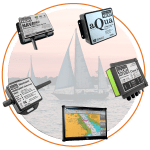Before contacting us for support, here’s a list of frequently asked questions with helpful answers. Your can also check out and download product handbooks from here.
Our searchable news blog here has lost of information on apps, 3rd party product integration and product installation. You’ll also find videos on all our products and helpful setup on our Youtube channel here.
 United Kingdom
United Kingdom United States
United States France
France Australia
Australia Germany
Germany Spain
Spain Europe
Europe


